Information Technology Reference
In-Depth Information
Surface coordinates a, b, will be referred to as the “proprietory coordi-
nates,” denoted by the single symbol x.
1.31 If to the vicinity of each surface point x the Gaussian curvature g
is given, then the totality of triples a, b, g, determines the shape G of the
surface (g=g[a,b]).
1.32 Since a living organism is bounded by a closed orientable surface,
an appropriate geodesic coordinate system can be drawn on the surface of
this organism at an arbitrary “rest state,” and each surface element (ecto-
dermal or endodermal cell) can be labeled according to the proprietory
coordinates x of its location.
1.33 A cell
c
x
so labeled shall carry its label under subsequent distor-
tions of the surface (continuous distortions), and even after transplants to
locations x¢ (discontinuous distortions).
1.331 The geodesic coordinates on the surface of the organism can
be mapped onto a topologically equivalent unit sphere (
R
= 1) so that to
each point x and its vicinity on the organism corresponds precisely one
point l and its vicinity on the unit sphere. Consequently, each cell
c
x
on the
surface of the organism has an image
c
l
on the surface of the unit sphere.
1.332 It is clear that surface distortions of the organism, even trans-
plants of cells from one location to another, are not reflected by any changes
on the surface of this sphere. The once established map remains invariant
under such transformations, hence this sphere will be referred to as the
“representative body sphere” (Fig. 3, or appropriate modifications with
p
> 2).
1.34 Since the volume enclosed by a closed orientable surface is
metrizable, all that has been said (1.3 Æ 1.332) for surface points x and cell
c
x
holds for volume points z and cells
c
z
with representative cells
c
m
in the
body sphere.
1.4 The organism, W, is supposed to be embedded in an “environment”
with fixed Euclidean metric, with coordinates
a
,
b
,
c
, or
x
for short, in which
its position is defined by identifying three environmental points
x
1
,
x
2
, and
x
3
with three surface points x
1
, x
2
, and x
3
of the organism. Conversely, the
representative body sphere is embedded in a “representative environment”
with variable non-Euclidean metric, and with the other conditions
mutatis
mutandis
.
1.41 The two pairs of figures (Figs. 4
a
and 4
b
and Figs. 5
a
and 5
b
) illus-
trate the configuration of the proprietory space, x, of an organism (fish-like
creature) as seen from an Euclidean environment (4
a
and 5
a
), and the con-
figuration of the non-Euclidean environment as seen from the unit sphere
(4
b
,5
b
) for the two cases in which the organism is at rest (4
a
,4
b
) and in
motion (5
a
,5
b
).
2 Phylogenetically as well as ontogenetically the neural tube develops from
the ectoderm. Receptor cells
r
x
are differentiated ectodermal cells
c
x
. So are
the other cells deep in the body which participate in the transmission of
signals (neurons)
n
z
, the generation of signals (proprioceptors)
p
z
, as well

Search WWH ::

Custom Search